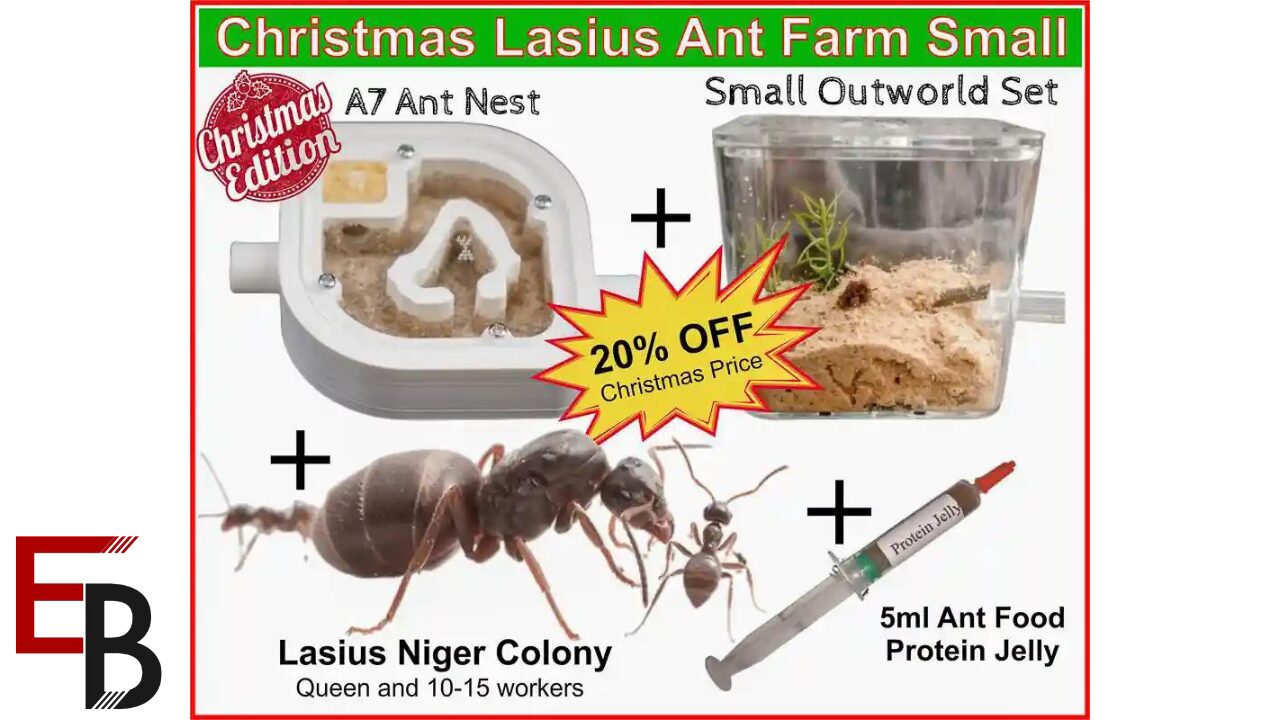Introduction to Ant Farming

Keeping an ant farm can be an exciting and educational experience for children and adults. It allows observers to watch the fascinating life of ants up close, including how they build tunnels, communicate, and work together to maintain the colony. However, one of the most crucial aspects of keeping a healthy ant farm is understanding what to feed your tiny inhabitants. Proper nutrition is vital for the ants to thrive and continue their daily activities. In this comprehensive guide, we’ll explore the dietary needs of ants and how you can ensure your ant farm is a bustling, active community.
Understanding Ant Dietary Needs
Ants are omnivores, meaning they eat both plant and animal materials. In the wild, their diet consists of various substances, including nectar, seeds, other insects, and even the carcasses of dead animals. Ants are not picky eaters; they consume almost anything that provides nutritional value. However, when in captivity, their diet must be carefully monitored to ensure they receive all necessary nutrients.
What to Feed Your Ants
Proteins
- Insects: Feed them small bits of cooked or raw insects like mealworms, crickets, or flies. Ensure these are appropriately sized for the ants.
- Eggs: Hard-boiled egg yolk is an excellent protein source. Offer tiny pieces for them to carry back to the colony.
Sugars
- Fruits: Offer sweet fruits like apples, pears, or melons. Always provide these in small, manageable pieces.
- Honey or Sugar Water: A small drop of honey or a sugar-water solution can be a vital energy source. Ensure it’s not too sticky or large to prevent the ants from getting trapped.
Other Foods
- Bread or Cooked Grains: Small crumbs can be a good source of carbohydrates.
- Vegetables: Soft vegetables like cooked carrots or potatoes can be offered in small pieces.
Foods to Avoid
- Citrus and acidic foods: These can harm ants.
- Salty or seasoned foods: Excessive salt or spices can harm their health.
- Sticky or large food pieces: These can trap or suffocate ants.
Feeding Tips and Tricks
- Moderation is vital: Overfeeding can lead to mould growth and other hygiene issues. Only provide what they can consume in a couple of days.
- Observe their preferences: Different species may have different tastes. Observe what they like and adjust accordingly.
- Maintain hygiene: Regularly clean up uneaten food to prevent mould and bacteria growth.
Frequently Asked Questions (FAQs)
Q1: How often should I feed my ants?
- Ants should be fed every other day or as needed, depending on the colony’s size and the rate at which they consume the food.
Q2: Can ants survive on just sugar water?
- While ants enjoy sugar water for energy, they also require proteins and other nutrients for a balanced diet.
Q3: Is it okay to feed ants food from my kitchen?
- Yes, many foods from your kitchen are suitable for ants, but they should be unseasoned and offered in petite, manageable pieces.
Q4: How do I know if I’m overfeeding my ants?
- If food remains uneaten and starts to mould or attract other pests, you’re likely overfeeding. Reduce the amount accordingly.
Q5: Can I give my ants tap water?
- Yes, ants need water to survive. Provide a shallow water source or a moist cotton ball to prevent drowning.
Conclusion
Feeding your ant farm can be simple and rewarding if done correctly. By understanding the dietary needs of ants and providing a variety of foods, you can ensure a healthy and active colony. Remember to observe their behaviour, offer food in moderation, and maintain cleanliness to create a thriving environment for your tiny guests. Whether you’re an experienced farmer or just starting the proper nutrition will make all the difference in your ant-keeping journey.
